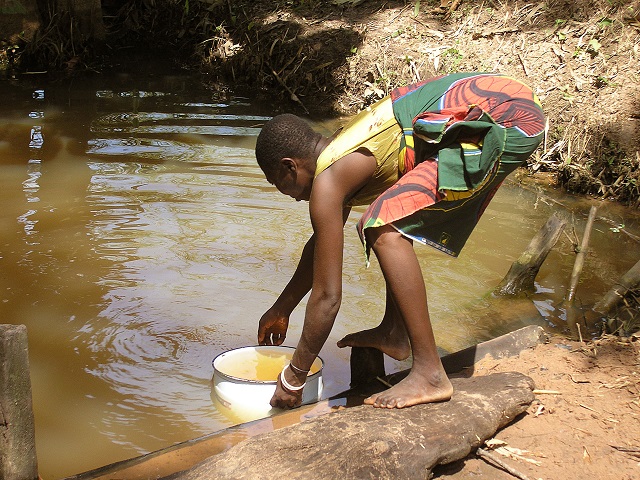
Kampala, Uganda | THE INDEPENDENT | More than eighty villages in Kitgum district are lacking access to safe and clean water sources.
Presenting a report on the performance of the water sector, the District Water Officer Willy Picho says that despite the district having a safe water coverage of 100 percent which is far higher than the national coverage currently standing at 70 percent, some villages are without any single borehole.
Records from the water department indicate that the most affected sub-county is Omiya Anyima where 42 villages lack a single water source.
The other affected sub counties include; Mucwini, Orom, Labongo Akwany, Kitgum Matidi, Labongo Amida, Namukora and Lagoro.
The residents in the affected sub-counties have no option but move longer distances in search for water.
Selsio Otim a resident of Toboi village in Orom sub county says that residents who are unable to trek the long distances are left with no option but fetch water from dirty water streams.
“People here have to foot to the neighboring villages that are in a proximity of between 5 and 10 kilometres,” says Selsio Otim.
Janeth Lakot a resident of one of the affected village in Namokora sub county says that despite repeated reminders to government and leaders about the water crisis, no intervention has been.
Picho attributes the lack of water sources to the rocky topography and the inability to drill boreholes in the affected villages. He, however, says that they have earmarked some funding for expanding water supply capacity by drilling and construction of more production boreholes and tapping onto proposed pipe water system in Orom, Omiya Anyima, Namukora, Kitgum Matidi and Lagoro sub-counties.
A research conducted released last month by Twaweza Ni Sisi Uganda; titled: Leaving no one behind? Citizens’ views and experiences of water, sanitation and hygiene, found out that 3 out of 4 Ugandans constituting to 75% have access to water from an improved clean water source.
The report, however, reveals that shortage of water points and distance to water points was a problem majorly to many poorer households in rural areas and on average, it takes close to an hour or two for household members to get to their water source, collect water and return.
******
URN
 The Independent Uganda: You get the Truth we Pay the Price
The Independent Uganda: You get the Truth we Pay the Price


